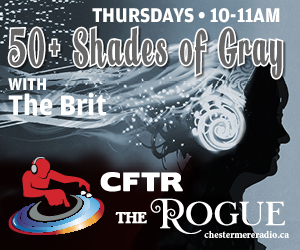Your intrepid liquor reporter was out on one of those newfangled Internet dates last week, and ended up at the Vin Room in Calgary’s trendy Mission district.
The Vin Room is a wine and tapas bar, making it the perfect location to impress a lady on that all-important 3rd date.
This locale has been good to me in the past, and I have not yet taken enough of those Internet dates there that the worry of crazy exes showing up and injecting unwanted drama into the proceedings is a risk to be avoided.
For those unfamiliar with wine bars, it is the common practice to order by the glass instead of by the bottle, in order to sample many of the fine wares put together by the hard-working sommelier for your imbibing pleasure.
Resisting the temptation of asking my dining companion if she would like a little Italian in her, I suggested a few glasses of Barolo, often considered the King of Italian wines.
For those not familiar with Barolo, it is actually the name of the region where the wine is produced, rather than the name of the wine itself.
For historical reasons that only make sense to stuffy old-world wine snobs, the term Barolo is a DOCG. The English version of DOCG roughly translates to Controlled Designation of Origin Guaranteed.
In a nutshell, it means that wine with a Barolo label on the front is guaranteed to have been produced in a very particular collection of vineyards in one part of Italy.
The actual grape varietal that is used for Barolo is called Nebbiolo, although tiny amounts of other varietals are sometimes blended in to make a smoother flavour profile.
The history of Nebbiolo grape goes all the way back to the 1st century, with none other than the Roman philosopher Pliny the Elder waxing poetic about the joys of the wine from this particular region.
The Nebbiolo grape is very special, loaded with polyphenols to give the wine a full body, as well as relatively high acidity, which allows the wine to age well for decades without spoiling.
Up until the 1970s, it was common to age a bottle of Barolo for up to 25 years before opening it, as the tart tannins in the wine took that long to soften.
However, modern winemaking techniques led to a great schism in the ranks of the stuffy old winemakers, with the old guard insisting on letting the skins macerate on the juice during fermentation to extract the color and flavour for up to 3 weeks. Long barrel aging is required to soften the bitter tannins from the skins, but the result is a thick and complex wine like no other.
Throwing tradition to the wind, the brash new breed of upstart young winemakers wanted a wine that could be opened within a few years of bottling, instead of waiting a decade or more for the wine to reach maturity.
The more modern generation of winemakers went with a maceration time of only a few days instead of a few weeks, and aged the wine in much smaller barrels to reduce the bitter tannins and impart more oak into the wine. This results in a wine that reaches maturity in just a few short years.
Regardless of whether the traditional or modern methods are used, the resulting Barolo wine is always of the highest quality, with a rich and complex body and crisp alcoholic bite in the finish.
So eager are the winemakers to keep the exclusivity and prestige associated with the Barolo name, any wines that don’t quite measure up to their exacting quality standards are sold as generic table wine without the Barolo label.
Luckily, your intrepid liquor reporter was able to impress his dinner date enough with the Barolo that there was a 3rd-date nightcap back at the swinging bachelor pad with all the things that a 3rd date normally entails.
If you would like to pick up a bottle of Barolo, be warned they are on the pricy side. Expect to pay $60-$100 for the average Barolo, with the rare vintages going up from there.
Since there are so many great wines available for $20-$30, it makes Barolo a special occasion wine, something to put down in the cellar for a few years before cracking it open.





